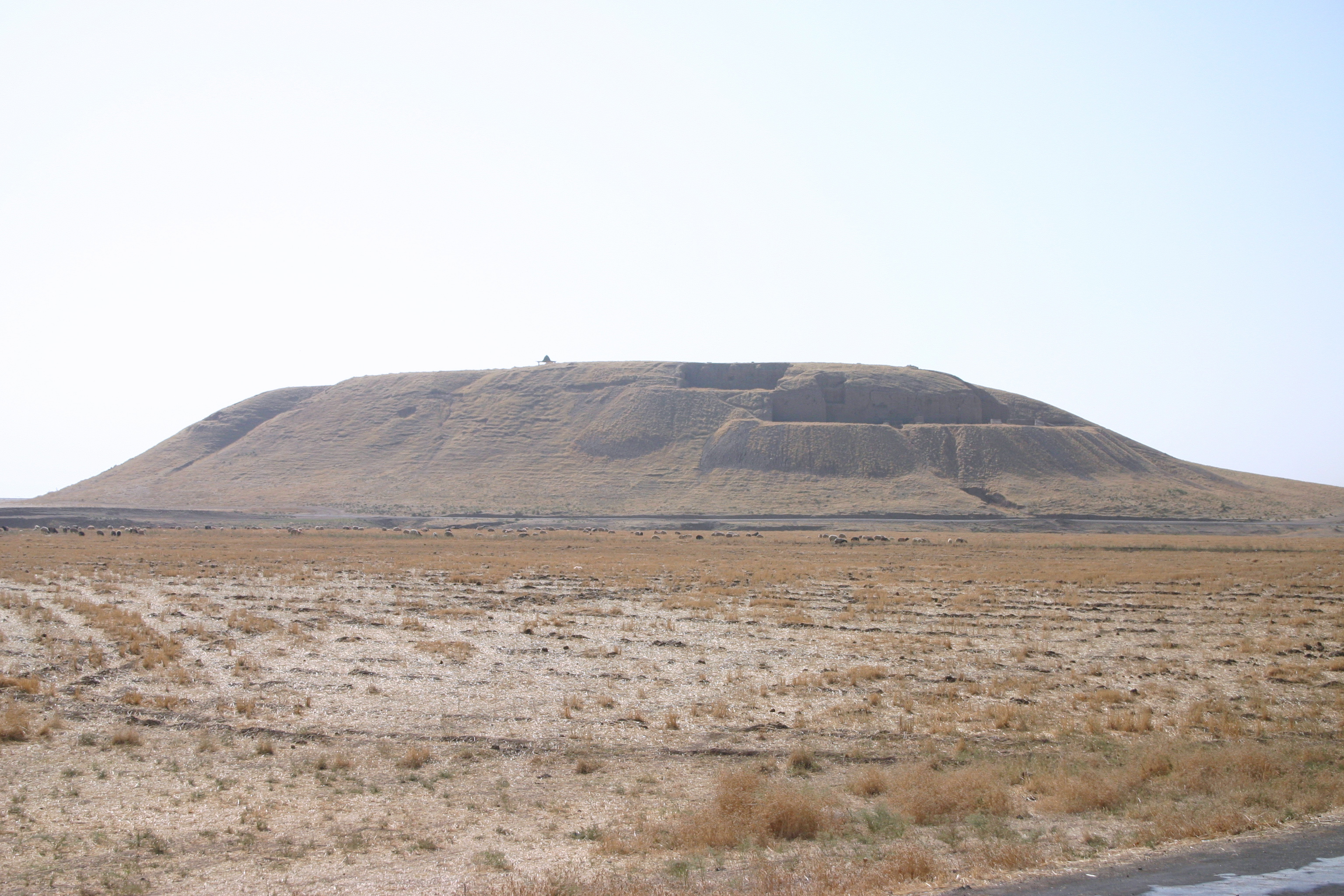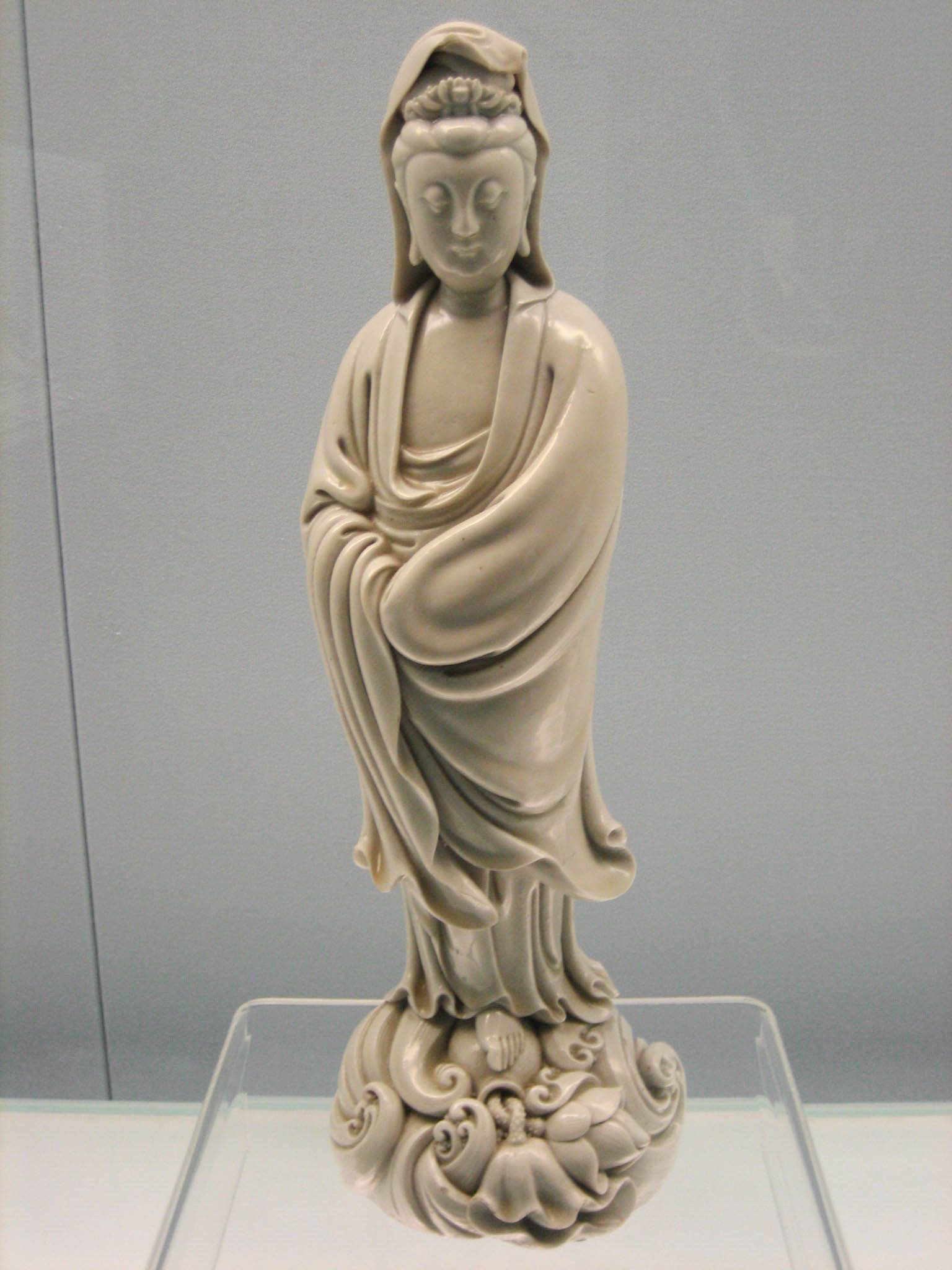|
Nitriansky Hrádok
Nitriansky Hrádok is a district of a town of Šurany, Slovakia. This settlement was annexed to Šurany in 1976. (Slovak, only History is in English as well) Archaeological site A significant quantity of archaeological material has been found at the tell of Zámeček (the name means "small castle", ""), settlement layers of which have been estimated to date from about 4,800 BC onwards. For this reason this place has become known as the "Slovakian ". The ...[...More Info...] [...Related Items...] OR: [Wikipedia] [Google] [Baidu] |
Šurany
Šurany (until 1927, ''Veľké Šurany'') is a town and a railroad hub in the Nové Zámky District, Nitra Region, southern Slovakia. Alongside the main settlement, it has the boroughs of Kostolný Sek and Nitriansky Hrádok, both annexed 1976. Etymology The town name comes from Slavic ''šur-'', ''šurý'' (curved, in a wider sense hilly) + the suffix ''-any'' referring to people. Šurany: "people from hills", the opposite of Rovňany: "people from plains". History Archaeological discoveries show that the site of the present-day town was inhabited in the Neolithic. The town was first mentioned under name ''villa Suran'' in a document of Hungarian king Béla II in 1138. There was a castle existing since the second half of the 15th century. Between 1568 and 1581, the town was the seat of the Captaincy of Lower Hungary. The settlement was occupied by the Turks in 1663–84. The castle was torn down in 1725. In 1832 the town was made a royal town with market rights. A suga ... [...More Info...] [...Related Items...] OR: [Wikipedia] [Google] [Baidu] |
Tell (archaeology)
In archaeology, a tell (from , ', 'mound' or 'small hill') is an artificial topographical feature, a mound consisting of the accumulated and stratified debris of a succession of consecutive settlements at the same site, the refuse of generations of people who built and inhabited them and natural sediment. Tells are most commonly associated with the ancient Near East but are also found elsewhere, such as in Southern Europe, Southern and parts of Central Europe, from Greece and Bulgaria to Hungary and Spain,, see map. and in North Africa. Within the Near East they are concentrated in less arid regions, including Upper Mesopotamia, the Southern Levant, Anatolia and Iran, which had more continuous settlement. Eurasian tells date to the Neolithic, the Chalcolithic and the Bronze and Iron Ages. In the Southern Levant the time of the tells ended with the conquest by Alexander the Great, which ushered in the Hellenistic period with its own, different settlement-building patterns. Many t ... [...More Info...] [...Related Items...] OR: [Wikipedia] [Google] [Baidu] |
Château
A château (, ; plural: châteaux) is a manor house, or palace, or residence of the lord of the manor, or a fine country house of nobility or gentry, with or without fortifications, originally, and still most frequently, in French-speaking regions. Nowadays, a ''château'' may be any stately residence built in a French style; the term is additionally often used for a winegrower's estate, especially in the Bordeaux region of France. Definition The word château is a French word that has entered the English language, where its meaning is more specific than it is in French. The French word ''château'' denotes buildings as diverse as a medieval fortress, a Renaissance palace and a fine 19th-century country house. Care should therefore be taken when translating the French word ''château'' into English, noting the nature of the building in question. Most French châteaux are "palaces" or fine " country houses" rather than "castles", and for these, the word "château" is appropr ... [...More Info...] [...Related Items...] OR: [Wikipedia] [Google] [Baidu] |
Troy
Troy (/; ; ) or Ilion (; ) was an ancient city located in present-day Hisarlik, Turkey. It is best known as the setting for the Greek mythology, Greek myth of the Trojan War. The archaeological site is open to the public as a tourist destination, and was added to the List of World Heritage Sites in Turkey, UNESCO World Heritage list in 1998. Troy was repeatedly destroyed and rebuilt during its 4000 years of occupation. As a result, the site is divided into nine Stratigraphy (archaeology), archaeological layers, each corresponding to a city built on the ruins of the previous. Archaeologists refer to these layers using Roman numerals, Troy I being the earliest and Troy IX being the latest. Troy was first settled around 3600 BC and grew into a small fortified city around 3000 BC (Troy I). Among the early layers, Troy II is notable for its wealth and imposing architecture. During the Late Bronze Age, Troy was called Wilusa and was a vassal of the Hittite Empire. The final layer ... [...More Info...] [...Related Items...] OR: [Wikipedia] [Google] [Baidu] |
Lengyel Culture
__NOTOC__ The Lengyel culture is an archaeological culture of the European Neolithic, centered on the Middle Danube in Central Europe. It flourished from 5000 to 4000 BC, ending with phase IV, e.g., in Bohemia represented by the ' Jordanow/Jordansmühler culture'. It is followed by the Funnelbeaker culture/TrB culture and the Baden culture. The eponymous type site is at Lengyel in Tolna county, Hungary. It was preceded by the Linear Pottery culture and succeeded by the Corded Ware culture. In its northern extent, overlapped the somewhat later but otherwise approximately contemporaneous Funnelbeaker culture. Also closely related are the Stroke-ornamented ware and Rössen cultures, adjacent to the north and west, respectively. Subgroups of the Lengyel horizon include the Austrian/Moravian Painted Ware I and II, Aichbühl, Jordanów/Jordanov/Jordansmühl, Schussenried, Gatersleben, etc. It is a wide interaction sphere or cultural horizon rather than an archaeological culture i ... [...More Info...] [...Related Items...] OR: [Wikipedia] [Google] [Baidu] |
Baden Culture
The Baden culture or Baden-Pécel culture is a Chalcolithic archaeological culture dating to 3520–2690 BC. It is found in Central and Southeast Europe, and is in particular known from Moravia (Czech Republic), Romania, Hungary, southern Poland, Slovakia, northern Croatia and eastern Austria. Imports of Baden pottery have also been found in Germany and Switzerland ( Arbon-Bleiche III). It is often grouped together with the Coțofeni culture as part of the Baden-Coțofeni culture. History of research The Baden culture was named after Baden near Vienna by the Austrian prehistorian Oswald Menghin. It is also known as the Ossarn group or Pecel culture. The first monographic treatment was produced by J. Banner in 1956. Other important scholars are E. Neustupny, Ida Bognar-Kutzian and Vera Nemejcova-Pavukova. Baden has been interpreted as part of a much larger archaeological complex encompassing cultures at the mouth of the Danube ( Ezero- Cernavodă III) and the Troad. In ... [...More Info...] [...Related Items...] OR: [Wikipedia] [Google] [Baidu] |
Bronze Age Slovakia
The area today known as Slovakia has been inhabited throughout the prehistoric period. Palaeolithic Radiocarbon dating puts the oldest surviving archaeological artifacts from Slovakia—found near Nové Mesto nad Váhom—at 270,000 BCE, in the Early Paleolithic era. These ancient tools, made by the Clactonian technique, bear witness to the ancient habitation of Slovakia. Other stone tools from the Middle Paleolithic era (200,000–80,000 BCE) come from the Prepost cave (''Prepoštská jaskyňa'') near Bojnice and from other nearby sites. The most important discovery from that era is a Neanderthal cranium (c. 200,000 BCE), discovered near Gánovce, a village in northern Slovakia. Archaeologists have found prehistoric ''Homo sapiens'' skeletons in the region, as well as numerous objects and vestiges of the Gravettian culture, principally in the river valleys of Nitra, Hron, Ipeľ, Váh and as far as the city of Žilina, and near the foot of the Vihorlat, Inovec, and Trib ... [...More Info...] [...Related Items...] OR: [Wikipedia] [Google] [Baidu] |
Mad'arovce Culture
The Mad'arovce culture was an archaeological culture of the Early Bronze Age (c. 1750-1500 BC) located in western Slovakia. It formed part of the broader Mad’arovce- Věteřov-Böheimkirchen cultural complex, also found in Austria and Moravia, which had links with Mycenaean Greece. There was a gradual evolution from the preceding Únětice and Hatvan cultures to the Mad'arovce culture from c. 2000 BC to 1750 BC, and it was succeeded by the Tumulus culture after 1500 BC. The Mad'arovce culture is sometimes considered to be a sub-group in the final Únětice tradition. Important sites include the fortified settlements of Fidvár and Nitriansky Hrádok which are described as belonging to a 'Únětice-Maďarovce' archaeological horizon. See also * Únětice culture * Bronze Age Britain * Rhône culture * Armorican Tumulus culture * Polada culture * Ottomány culture * Unterwölbling culture * Wietenberg culture * Nordic Bronze Age The Nordic Bronze Age (also Northe ... [...More Info...] [...Related Items...] OR: [Wikipedia] [Google] [Baidu] |
Várad Vénusz1
Várad is a village in Baranya county, Hungary Hungary is a landlocked country in Central Europe. Spanning much of the Pannonian Basin, Carpathian Basin, it is bordered by Slovakia to the north, Ukraine to the northeast, Romania to the east and southeast, Serbia to the south, Croatia and .... External links Street map Populated places in Baranya County {{Baranya-geo-stub ... [...More Info...] [...Related Items...] OR: [Wikipedia] [Google] [Baidu] |
Neolithic Europe
The European Neolithic is the period from the arrival of Neolithic (New Stone Age) technology and the associated population of Early European Farmers in Europe, (the approximate time of the first farming societies in Greece) until –1700 BC (the beginning of Bronze Age Europe with the Nordic Bronze Age). The Neolithic overlaps the Mesolithic and Bronze Age periods in Europe as cultural changes moved from the southeast to northwest at about 1 km/year – this is called the Neolithic Expansion. The duration of the Neolithic varies from place to place, its end marked by the introduction of bronze tools: in southeast Europe it is approximately 4,000 years (i.e. 7000 BC–3000 BC) while in parts of Northwest Europe it is just under 3,000 years (–1700 BC). In parts of Europe, notably the Balkans, the period after is known as the Chalcolithic (Copper Age) due to the invention of copper smelting and the prevalence of copper tools, weapons and other artifacts. The spread of t ... [...More Info...] [...Related Items...] OR: [Wikipedia] [Google] [Baidu] |
Figurine
A figurine (a diminutive form of the word ''figure'') or statuette is a small, three-dimensional sculpture that represents a human, deity or animal, or, in practice, a pair or small group of them. Figurines have been made in many media, with clay, metal, wood, glass, and today plastic or resin the most significant. Ceramic figurines not made of porcelain are called terracottas in historical contexts. Figures with movable parts, allowing limbs to be posed, are more likely to be called dolls, mannequins, or action figures; or robots or automata, if they can move on their own. Figurines and miniatures are sometimes used in board games, such as chess, and tabletop role playing games. The main difference between a figurine and a statue is size. There is no agreed limit, but typically objects are called "figurines" up to a height of perhaps , though most types are less than high. Prehistory In China, there are extant Neolithic figurines. European prehistoric figurines of wo ... [...More Info...] [...Related Items...] OR: [Wikipedia] [Google] [Baidu] |






